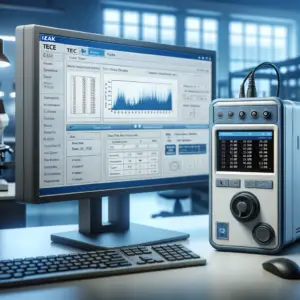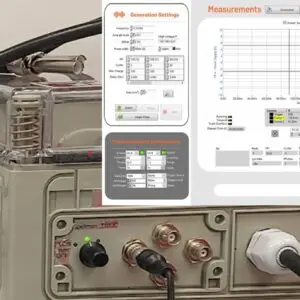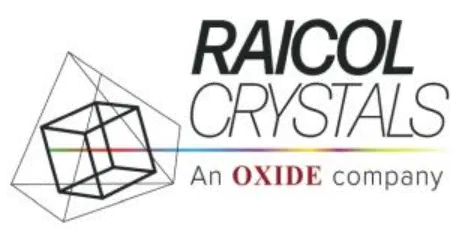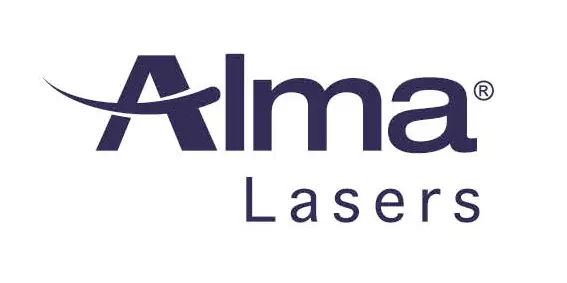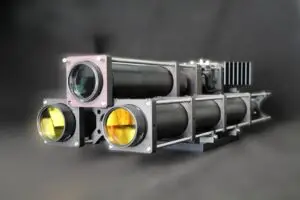We are living during uncertain times. The more research is done, the more we learn about how Sars-Cov-2 spreads. Early in the spring there was little evidence of the virus spreading through air or surface contamination. There was not enough data available. What do we know right now, eight months since the beginning of the pandemic [1]?
According to the U.S. Centers for Disease Control and Prevention (CDC), we know the following: infections with respiratory viruses like Sars-Cov-2 are mainly transmitted in three ways: contact, droplet, and airborne.
1. Contact transmission. Simply put, the infection spreads through direct contact with someone who is infectious (for example, by touch, when you shake the hands). Fomite transmission describes the infection that occurs when you touch a contaminated surface such as a contaminated keyboard or a toilet seat.
2. Droplet transmission. This infection is spread when you get exposed to respiratory droplets that contain the virus. You are at higher risk if you are closer than 6 feet away from the infected person.
3. Airborne transmission. The infection is spread through exposure to a virus containing small droplets and particles that are suspended in air, where they can stay for hours or even days. Airport transmission is well recognized in contagious diseases like tuberculosis or measles, and recently acknowledged in COVID-19 transmission. Specifically to COVID-19, scientists explain that the transmission happens when infected people cough, sneeze or simply breathe- as they produce respiratory droplets that carry the virus. The infection is mostly occurring through exposure to these respiratory droplets, when a person is close (like 6 feet or less) with someone who has the infection.
Another important aspect is that the infection can spread even if a person is asymptomatic- which means has no symptoms and will not develop later in the course of the infection, or is presymptomatic. Presymptomatic means than an infected person have not yet developed symptoms but will develop symptoms later. At this point, an estimated 40-45% of COVID-19 cases are asymptomatic.
Solutions
- Follow the recommendations from the World Health Organization – wash your hands often, cough in the elbow and maintain physical distancing. Depending on the country you live in, the masks are either recommended or mandatory- make sure you check your local authorities to stay informed.
- Have hand sanitizer handy when you go out. Hydrogen peroxide 3% is a great alternative to hand sanitizers.
- Consider investing in an UV light sanitizer based on pulsed xenon -UVC light for an extra layer of protection to avoid the spread of viruses. Are great tools to use all year around, but even more important during the cold seasons. UV disinfection for viruses is not new at all. It had been used successfully for over one century in schools, hospitals, labs, in the food and hospitality industry. What is new now is the research looking at the effectiveness of pulsed xenon light to inactivate Sars-Cov-2. A few studies were completed so far and to this date, all show that ultraviolet C light indeed inactivates the novel coronavirus. Influenza virus and many other viruses and bacteria are also susceptible to UVC light. [2],[3], [4], [5]
Ready to buy a highly effective devices to provide UV disinfection for viruses ? Contact IZAK Scientific today.
https://nursesunions.ca/cfnu-research-summary-on-covid-19/
https://www.ncbi.nlm.nih.gov/pmc/articles/PMC7319933/
https://www.ncbi.nlm.nih.gov/pmc/articles/PMC7443558/
https://www.ajicjournal.org/article/S0196-6553(20)30809-9/fulltext
https://bmcinfectdis.biomedcentral.com/articles/10.1186/s12879-020-4847-9
Tzachi Sabati
CEO, IZAK Scientific
Physicist specializing in photonics and quantum technologies, with deep expertise in quantum sensors and advanced optical systems. Leads the Advanced Quantum Lab course at the Technion, bridging academic excellence with industry innovation. At IZAK Scientific, provides cutting-edge photonics-based solutions, developing customized inspection and sensing systems for R&D and production. Passionate about advancing quantum sensing applications and integrating novel technologies to meet industry needs.




